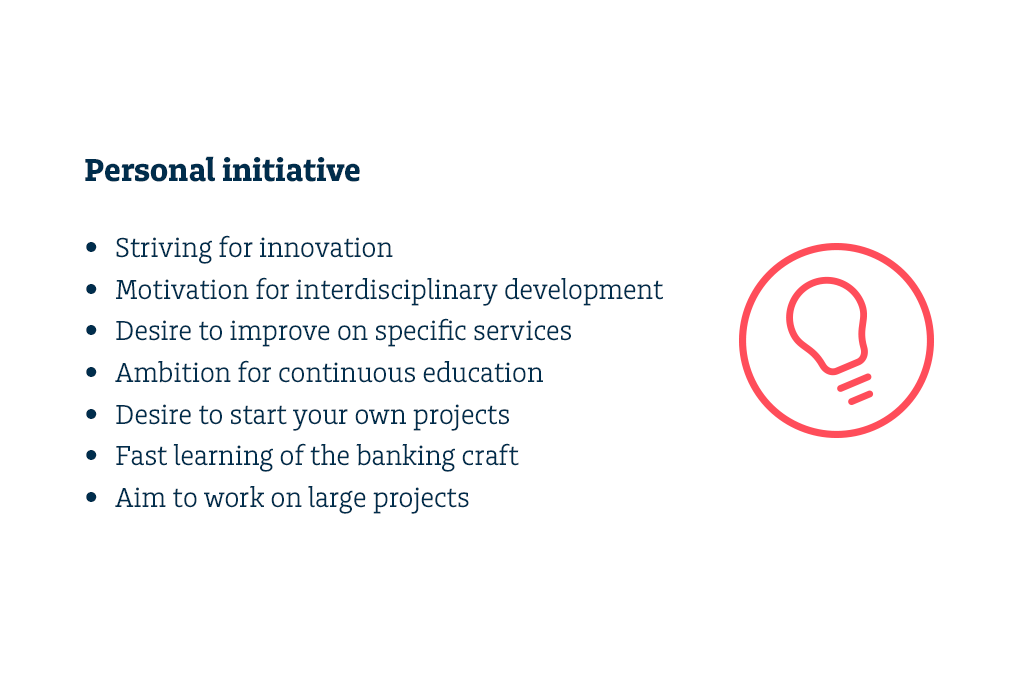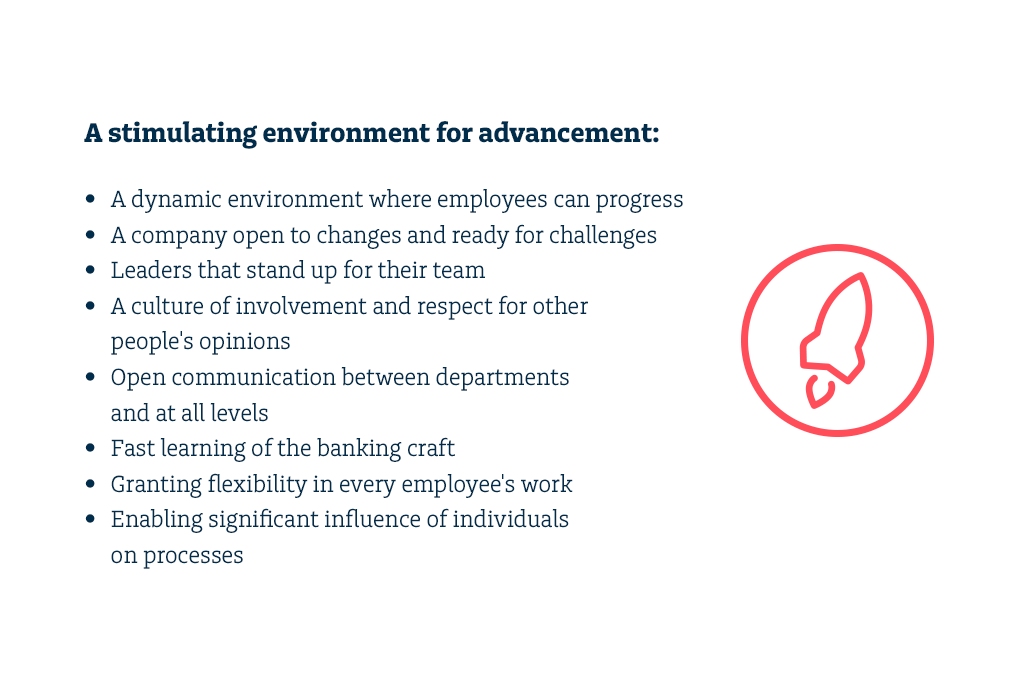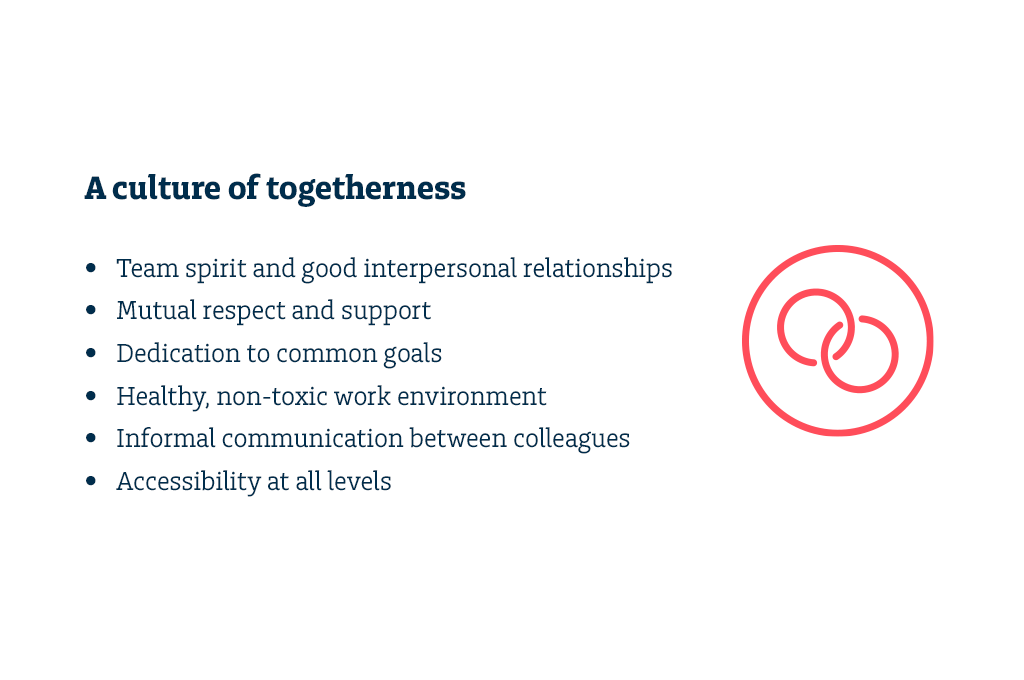My dear colleague Rahela once said: "You know, when you are in the library and deciding which book you want to read? The title or the book cover design might catch your eye, but you will always turn a book around, read the summary of what it can offer, and then you will decide which one to take, right?"
The situation above is an excellent description of the idea behind the employee value proposition, which is essentially a short summary of what you offer as an employer.
What is EVP – a simple explanation
The most common description and definition is:
Employee Value Proposition (EVP) is the balance of rewards and benefits that a company can offer its employees in return for their fantastic performance within the workplace.
Not very long ago, many companies based their EVP mostly on the compensation and salary they offered. But they should really shift focus to other things, such as:
- employee development paths
- culture and values
- internal recognition programs
- social responsibility initiatives
You should look at EVP as your internal offering.
The concrete aspects of your firm are to attract job prospects and top personnel and ensure that your employees stay.
It distinguishes you from competitors and demonstrates that you care about your employees.
Why is an employee value proposition important?
Every EVP should be clearly defined because in doing so, you can actively attract and retain talent.
Let’s get back to the question, why is EVP important? In terms of hiring the best people, your EVP is what sets you apart from the competitors.
You must have a strong EVP to assist you in attracting and retaining the top personnel for your company’s growth. An effective EVP can assist in attracting new personnel with goals and values aligned with the organization’s aims and values.
When done correctly, an EVP provides a complete insight into the company culture, ensuring that candidates are a perfect fit from the start. It will also improve your company’s overall employment brand, making it a more desirable place to work.
By the Employer Value Proposition, both employer brand’s positioning and strategic direction are defined. All of this above should be considered to effective Employer Value Proposition:
- external expectations
- competition
- internal reality
- company’s strategic environment

Employer Brand vs. EVP: What is the difference?
The whole Employer Branding is a broad field, and it combines all of the structure, definition, culture, values, and the final communication, both internal and external.
Look at the list of the sections employer branding combines:
- Satisfaction and engagement survey
- Values research
- EVP pillars
- EVP
- Slogan
- Visual identity
- External communication: social media, careers page, PR, conferences, job fairs, job ads, candidate communication
- Internal communication
- Onboarding
- Internal and external events
As you can see, the Employee value proposition is a part of your whole branding as an employer, and it is undoubtedly a significant one. EVP should be the base you make at the beginning of your process, and it should help you define all of the communication you will later create.
How do you build a strong employee value proposition?
EVP has to be honest and relatable to your current employees. So the crucial part in building a strong EVP is to ask your employees and enroll them in the process. In the process of collecting their insights, you can use multiple methods:
- Satisfaction and engagement survey — one of them is our Luppa
- Focus groups with employees (different ages, roles, offices, experience)
- One-on-one interviews with employees
Your main task is to listen and, in the end, conclude your research with the following:
- Strengths
- Weaknesses
- Opportunities
After this, go through the strengths once again and define which of those are something that you really want to cherish in your company. Those will be your EVP pillars.
EVP pillars
EVP pillars can consist of two (or more) core strengths that will establish the foundation of your communication activities because they already display values that are significant for your company.
Here is an example of EVP pillars made for our client Addiko:
Check out the whole Addiko employer branding case here, and take a look at our webinar together to get behind-the-scenes info.
After you have your EVP pillars, you are ready to write your perfect Employee Value Proposition. But have in mind some other key elements to ensure that your EVP stands out on the market.
Key elements of an Employee Value Proposition
Let’s say you defined your EVP pillars. Now it is important to consider differentiation. Why? Because many pillars might sound pretty similar and not so specific without the context.
Of course, the first step in doing so is defining who’s your competition on the market. I often see brands making a mistake here. They take their corporate competitors and think they are also employer competitors.
Be careful, since your corporate competitors are rarely your only competitors in this field.
For example, if you are in the telecommunications business, you have marketing, sales, technical, and other teams. Each team has a similar job description as some teams in entirely different sectors, not just other telecom companies.
So how do you differ from others?
For example, if you are in the telecommunications business, you have marketing, sales, technical, and other teams. Each team has a similar job description as some teams in entirely different sectors, not just other telecom companies.
Is there some particular tone of voice, specific to your company, that can be used to differentiate yourself from the competition? This is something to keep in mind when defining your Employee Value Proposition. Writing about your pillars in your own specific way will position you as unique and give all the readers a great insight into your culture.
Let’s take a look at the whole process of creating EVP:
- Getting insights from your employees
- Defining EVP pillars
- Defining your competition
- Defining your specific tone of voice
- Writing an awesome EVP 🙂

Let’s conclude this EVP thing
If done well, Employee Value Proposition can be such a powerful tool in attracting attention from your potential employees and making a stronger bond with your current ones.
It is so important to listen and feel your employees and the culture they describe. This will be the base of your employee value proposition but also of your employer branding communication.
In the end, the best way to test if your EVP is done right is to show it to your employees and see if they can connect to each line. If you follow the process described above, you are on the right track to succeed.
At Enstring, the experienced team of psychologists, creative strategists, copywriters, and employer branding specialists are working with our clients to define their EVPs and make sure they stand out. If you are looking for a partner in defining yours, feel free to contact us!




